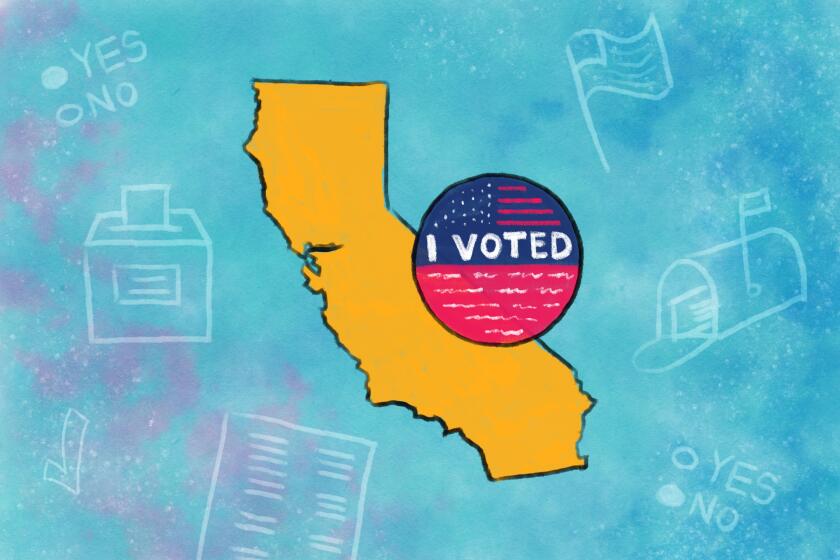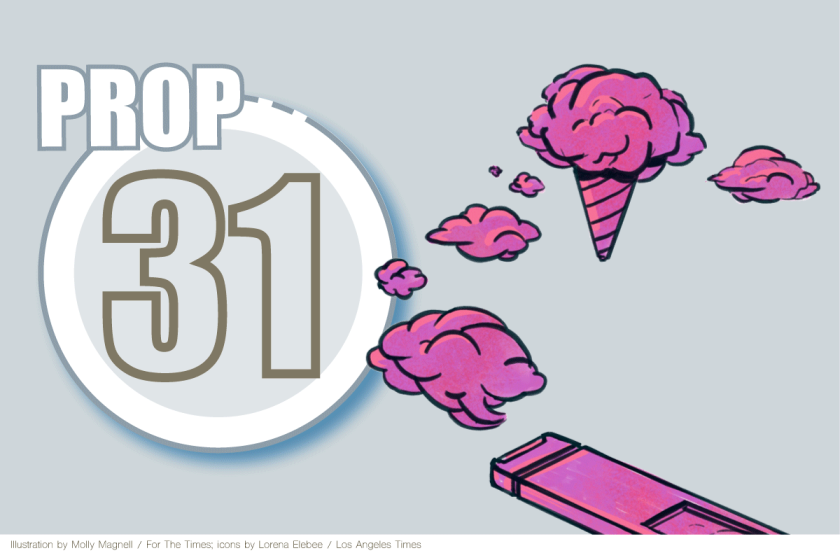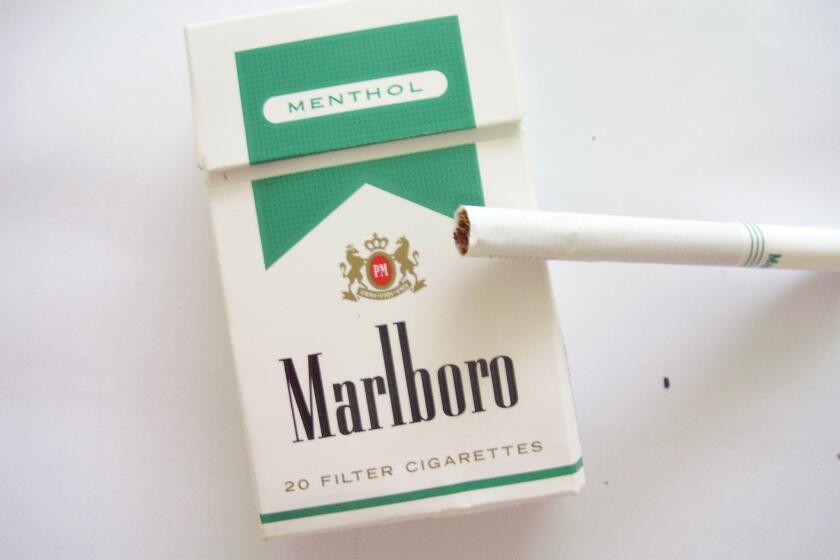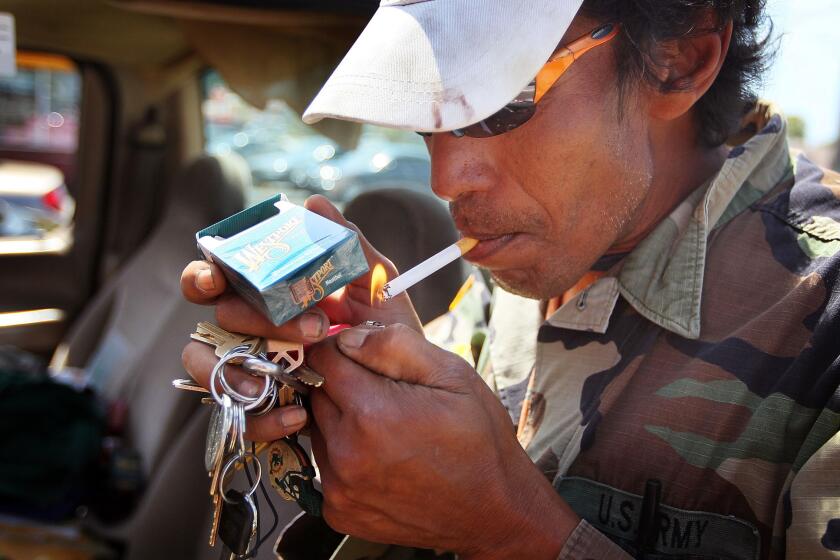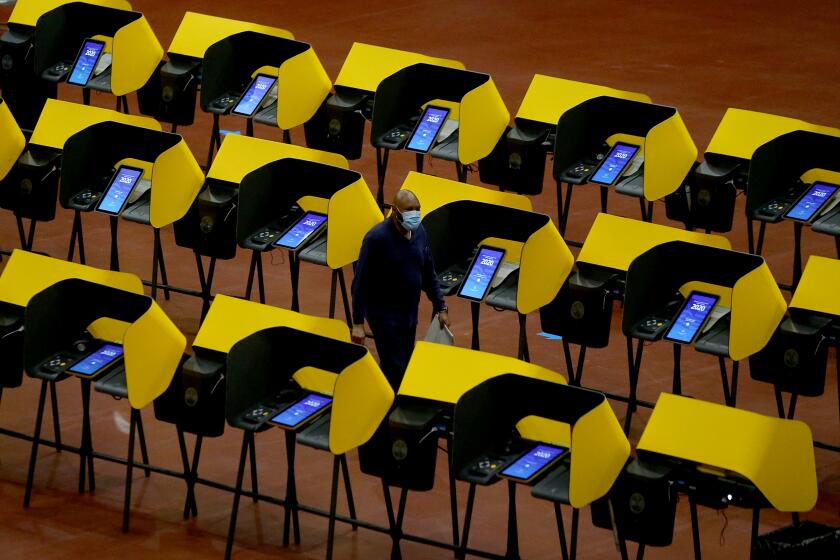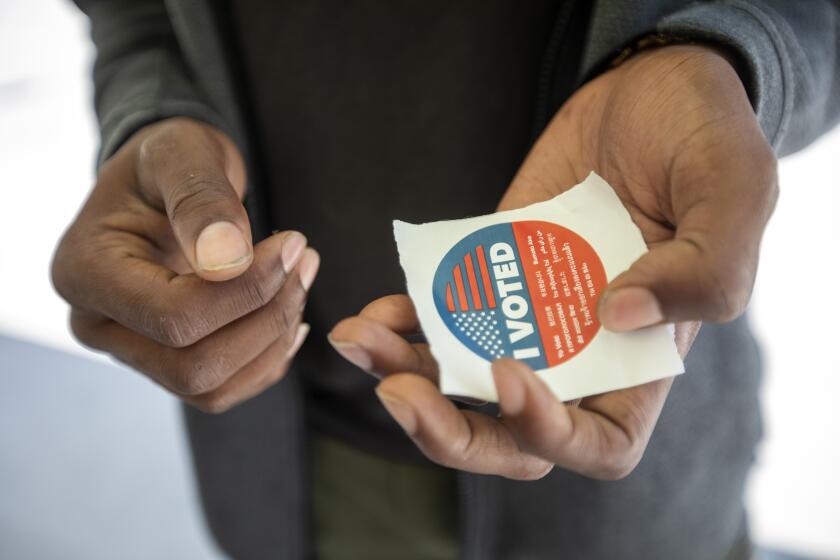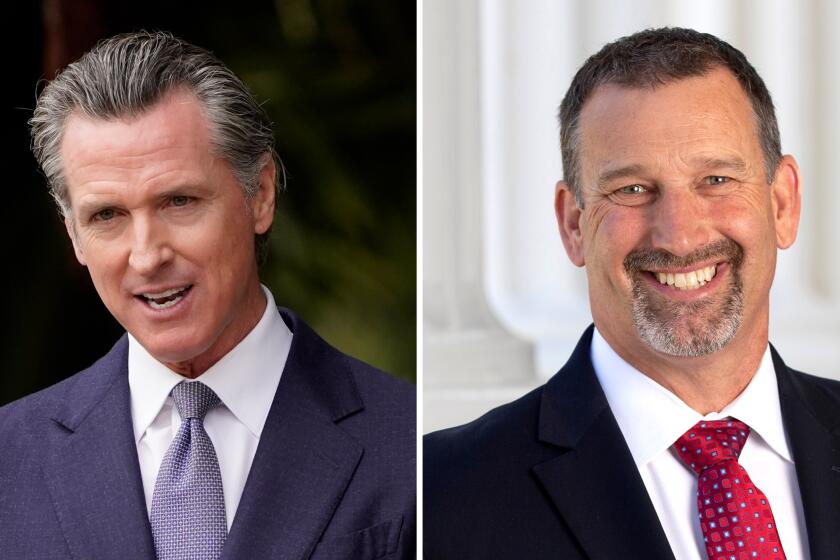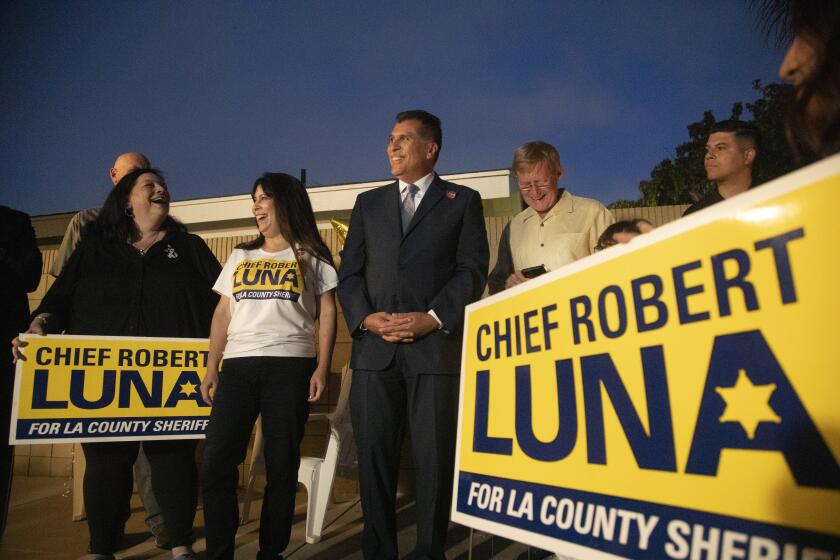While considering the ban, state legislators cited a 2018 Centers for Disease Control and Prevention study that found that 67% of high school students and 49% of middle school students who used tobacco products in the prior 30 days reported using a flavored tobacco product during that time.
Lindsey Freitas-Norman, advocacy director for the Campaign for Tobacco Free Kids, said passing Proposition 31 is critical to stopping the sale of products she describes as the industry’s way “to hook a new generation.”
“These youth are drawn in by the flavors but hooked by the nicotine,” Freitas-Norman said. “This policy is really about protecting our kids from an industry that sees them as dollar signs and nothing more.”
The “Yes on 31” campaign is supported by Newsom, the California Democratic Party, the California Teachers Assn. and a slew of organizations representing doctors, dentists, nurses and public health professionals.
R.J. Reynolds Tobacco Co. and Philip Morris USA are supporting the campaign against Proposition 31, and the California Republican Party endorsed a “no” vote against the initiative.
Beth Miller, a spokesperson for the “no” campaign, called Proposition 31 a “sweeping ban” on products that are already heavily regulated.
“What Proposition 31 would do is take this adult choice of what adults want to choose away from them,” Miller said. “We believe that prohibition doesn’t work.”

